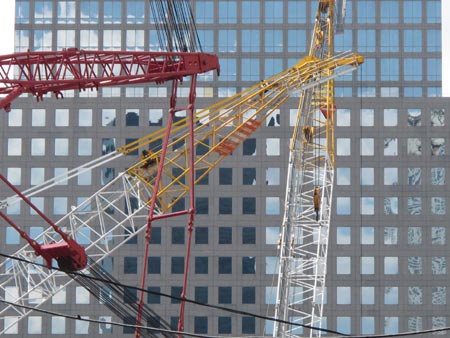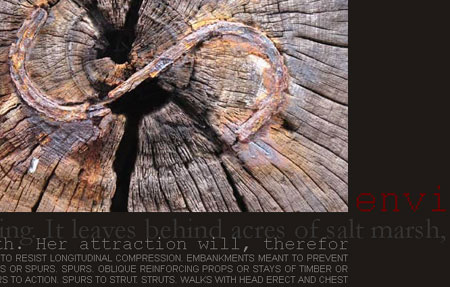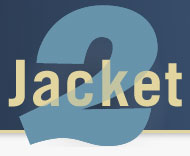I am Canadian. Both my parents were American. I spent most of my summer vacations with my grandparents in New York City. They lived on the tenth floor of a fifteen-floor co-op apartment building in Queens. The bedroom windows had clear views of the twin towers. The North Tower was completed in December 1972, six months after I was born, and the South Tower was finished the month of my first birthday. I don’t remember a time before them. I don’t remember the view without them. I do remember my grandmother making disparaging remarks about them. Most New Yorkers did. They were harsh, they were brash. The New Yorkers were, I mean. The towers were impervious. Metal and glass. Modern. Gigantic. Purposelessly so, went the argument. Hundreds of commercial and industrial tenants, property owners, small businesses and residents were forcibly evicted to make way for them. And there they stood. Half-empty, at first, from what I understood. My mother had an office job in one of them once. My grandmother took me to the top of the other of them twice. From that square patch of high wind world the whole city seemed to shift and sway.
The evening of September 10, 2001, I decided to resign from the software company I was working at at the time. I was somewhat preoccupied when I arrived at the office the next morning. The one of my co-workers told me. The internet froze. I called my grandparents and couldn’t get through. I called my cousin on Long Island. She knew all about it already, in that way that certain New Yorkers seem to know all about everything already. It was an accident, she informed me. It was an amateur pilot in a small plane, she went on the explain. Turn on the television, I implored her. I stood by my desk in Montreal listening to her listening to her television in her den in her huge empty house on Long Island. She was silent for a while, in a way I’d never heard her be before. And then: It’s that Bin Ladan, she said. He hates us. Pause. I have to go. Click. I didn’t hear from her again that day.
I was still standing by my desk holding the phone when the head of HR walked by. We need some televisions, I said. I need a television right now, I clarified. When I saw it, on television, I said, to whomever was standing next to me: My grandparents can see this from their bedroom window. It was evening by the time I got word from another cousin, stranded on the Jersey side of the Hudson, that my grandparents had spent most of the day in their car in a traffic jam on the BQE. It was slightly more complicated than that, but it was basically that. The circumstances of the day were so extraordinary that for two octogenarians to have spent all day in a car on a gridlocked highway constituted incredibly good news. They were on right side of the closed bridges. By right side I mean home side. They didn’t see the planes hit from their bedroom window. They didn’t watch the towers collapse from their bedroom window. By the time they got home, the towers were rubble and smoke.
The gap my grandparents experienced inside the bubble of their car, inside and yet outside of spectacle even as it was unfolding, may explain in part why, when I finally got hold of my grandmother, she sounded so utterly unfazed by the day’s events. We’re fine, she said. We went to donate blood. But they don’t want it. So we’re donating to charity instead. Not cheerful exactly. But impossibly matter of fact.
A few days later Mayor Giuliani said the best thing anyone could do for New York was spend money in it. I called my grandmother. Of course, you’re always welcome here, she said. I bought a plane ticket. September 19, 2001. We circled once, before our final approach to Laguardia. We banked south west of the still soldering hole. For those of you on left hand side of the plane, the pilot said. I arrived at my grandparent’s apartment at seven in the evening. A warm but somewhat bemused welcome. Now, she said, explain to us again why you’re here? I tried to explain about how I needed to see for myself. There’s nothing to see, she said, in a perfectly normal tone of voice. And anyway, the trains aren’t running. People are walking, I said. I’d seen them on the news, streaming past City Hall in droves. There’s no more City Hall, she said. Slowly, and by slowly I mean painfully, it dawned on me that, even eight days after one of most televised events in history, and despite the fact that she could still see lower Manhattan from her bedroom window, my grandmother, who lived the first thirty odd years of her life below Second Street, seemed to believe and to have calmly accepted that all of lower Manhattan was completely gone.

Ten years on and I still don’t know what to make of this almost sanguine acceptance of a sudden and inconceivable absence. Surely it was shock induced. What do the philosophers have to say on this subject? Has Paul Virilio already written a book about just this sort of thing? I haven’t done much in the way of research. Ten years on and I don’t fully understand how or why or what or whom to mourn. The 2,977 civilians who died as a result of terrorist attacks on American soil; the 4474 men and women of the US military and the over 108,000 Iraqi civilians who have died as a direct result of the invasion and occupation of a nation which had nothing whatsoever to do with the attacks of September 11th; the the over $900 billion of US taxpayers’ funds spent or approved for spending on Iraq rather than health care, education, housing, art or deficit reduction; or the sad fact that the executions of Saddam Hussein and Osama Bin Ladan have not improved the lives of American citizens in any way? All of these things at once. And many others.
My grandmother didn’t die in a terrorist attack. She died in a heart attack. Days before the second US invasion of Iraq. After her funeral, back at her apartment, the family weighed in. Two cousins where for the invasion. One girlfriend agreed. The wife of a relative I’d only just met questioned me closely on the quality of life in Canada. In the event of a draft she intended to send her son north. The hawkish cousins scoffed at this. I pointed out that I was born in Canadian because my father evaded the Vietnam draft. The hawkish cousins insinuated that this proved their point. My grandfather was the only one in the room who had ever been to war. The Great War. The Pacific arena. He witnessed the razing of Manila. But no one sought his opinion. And anyway, he wasn’t listening. For the past few days at intermittent intervals he’d been asking if anyone knew what had become of my grandmother’s rings. He had given them to me himself. I was wearing them. I kept showing him my hands.


 Last night I started a new sustained writing project. For the next three months I will be a regular commentator for
Last night I started a new sustained writing project. For the next three months I will be a regular commentator for